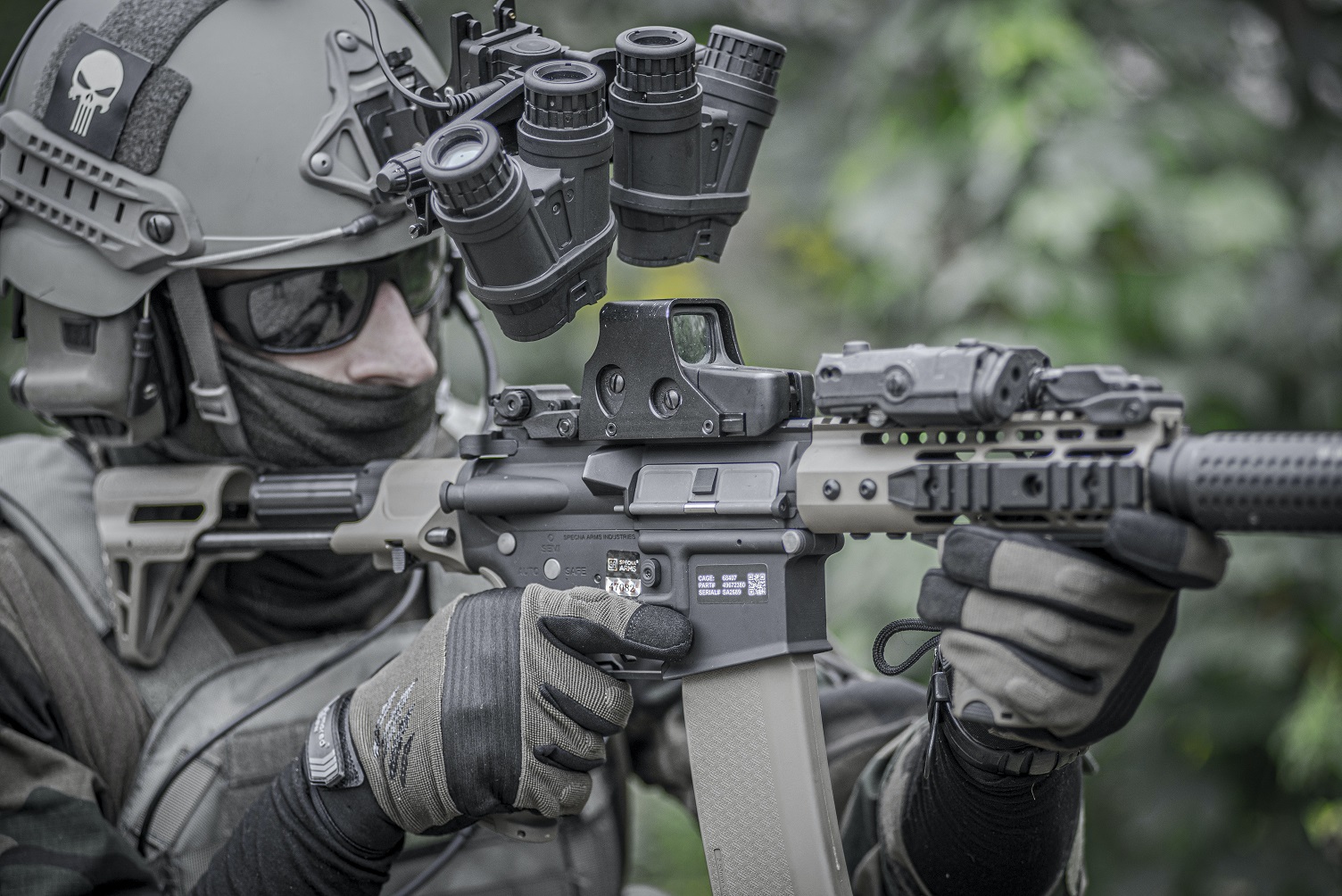What Is Level IV Armor?

Body armor is a type of protective clothing that is worn like a vest and shields the wearer’s torso area from the effects of a ballistic attack (bullets). According to NIJ standards, Level IV is the highest possible rating for body armor. The armor can withstand a single shot from an armor-piercing rifle of up to.30-06 M2AP caliber, which has a mass of 166 grains and a velocity of 2880 feet per second, as well as large-caliber rounds
The NIJ personal body armor specifications regard the level IV rifle plate as the highest rating possible. A single hit from a 7.62mm Armor Piercing “Black Tip” bullet, which is equivalent to a.30-06 Armor Piercing bullet, can only be stopped by a level IV shield. Although, despite having a higher numerical ranking, level IV body armor is not necessarily superior to level III body armor in all circumstances; this is because circumstances differ.
Sheets of ballistic material are loaded together to make a solid block to create level IV armored plates, which function like that of NIJ Level III armored plates. These blocks, in contrast to steel, have the right amount of hardness as well as stress absorption. Because they are composed of long strands of molecular crystals arranged in a hexagonal pattern, and because a single molecule often runs the whole length of the plate, any impact on level IV armor will be distributed evenly across the entire plate.
Even in alumina, which does not have this hexagon crystal structure, the molecules are arranged in a crisscross pattern, which furthers the force dispersion throughout the material. The absence of a suitable crystal will result in the Al2O3 armor having a greater thickness and greater weight, but it will still provide the same amount of protection. Alumina is also far less expensive to produce, which results in a more reasonably priced and affordable body armor.
For more articles, please click here.